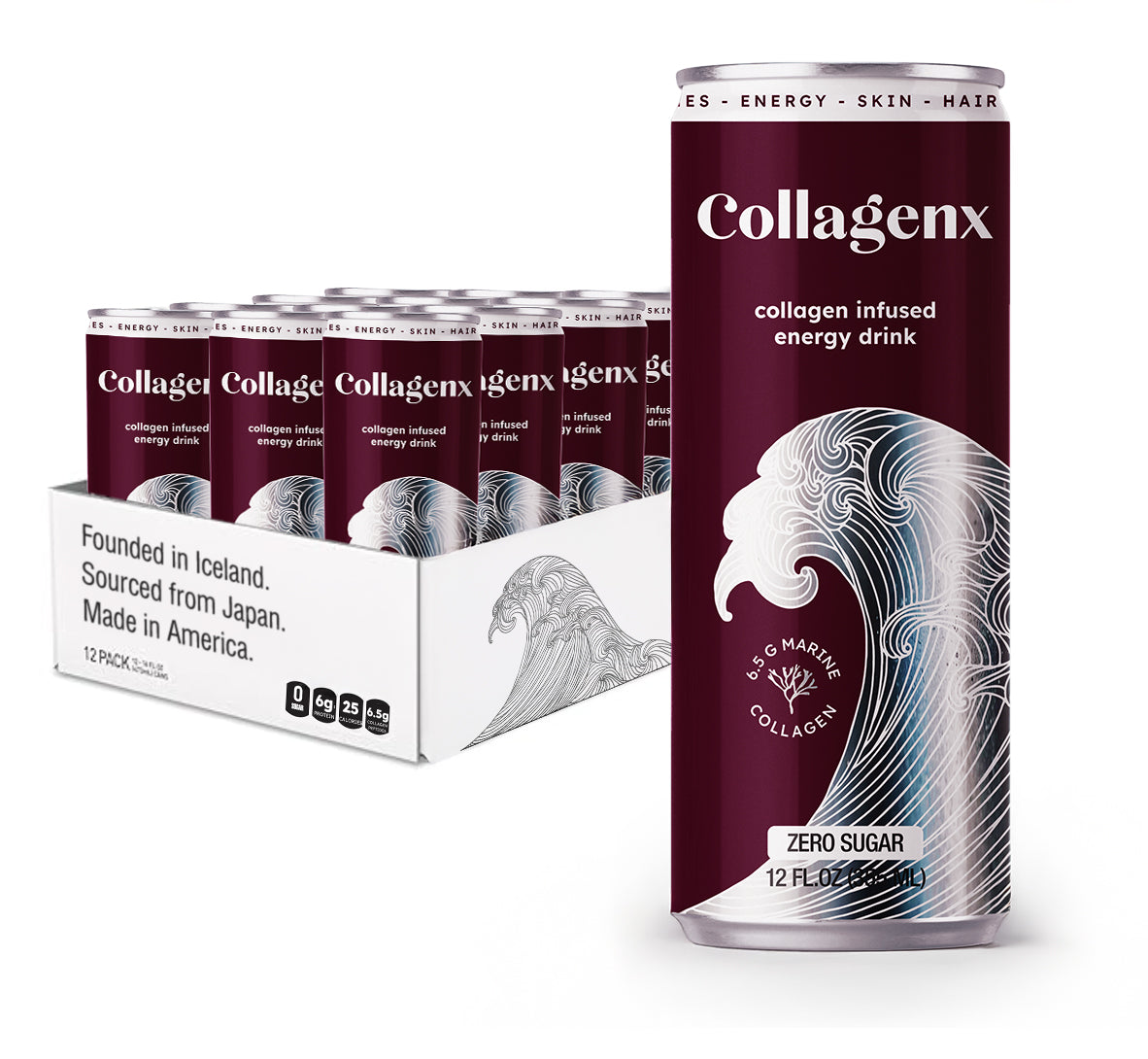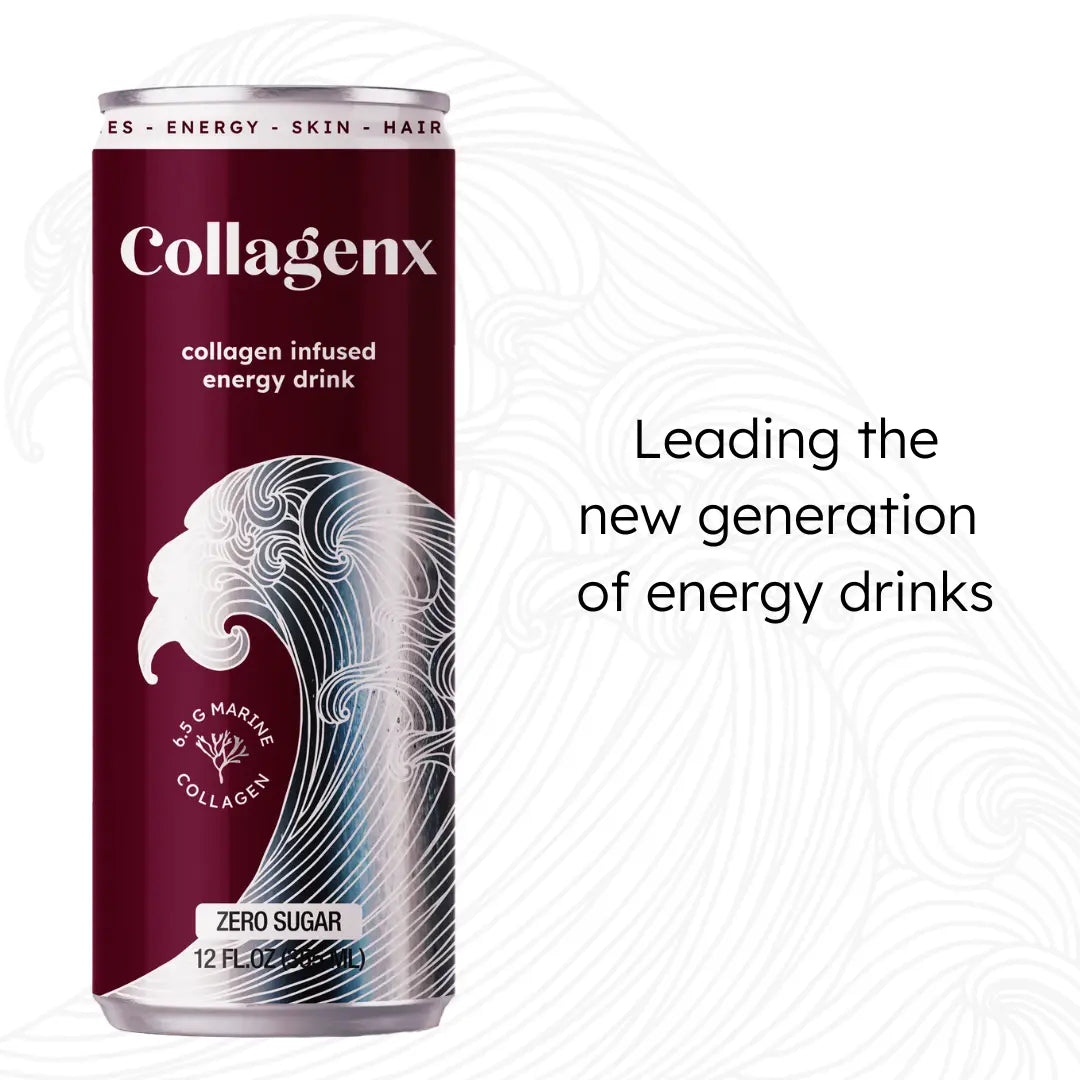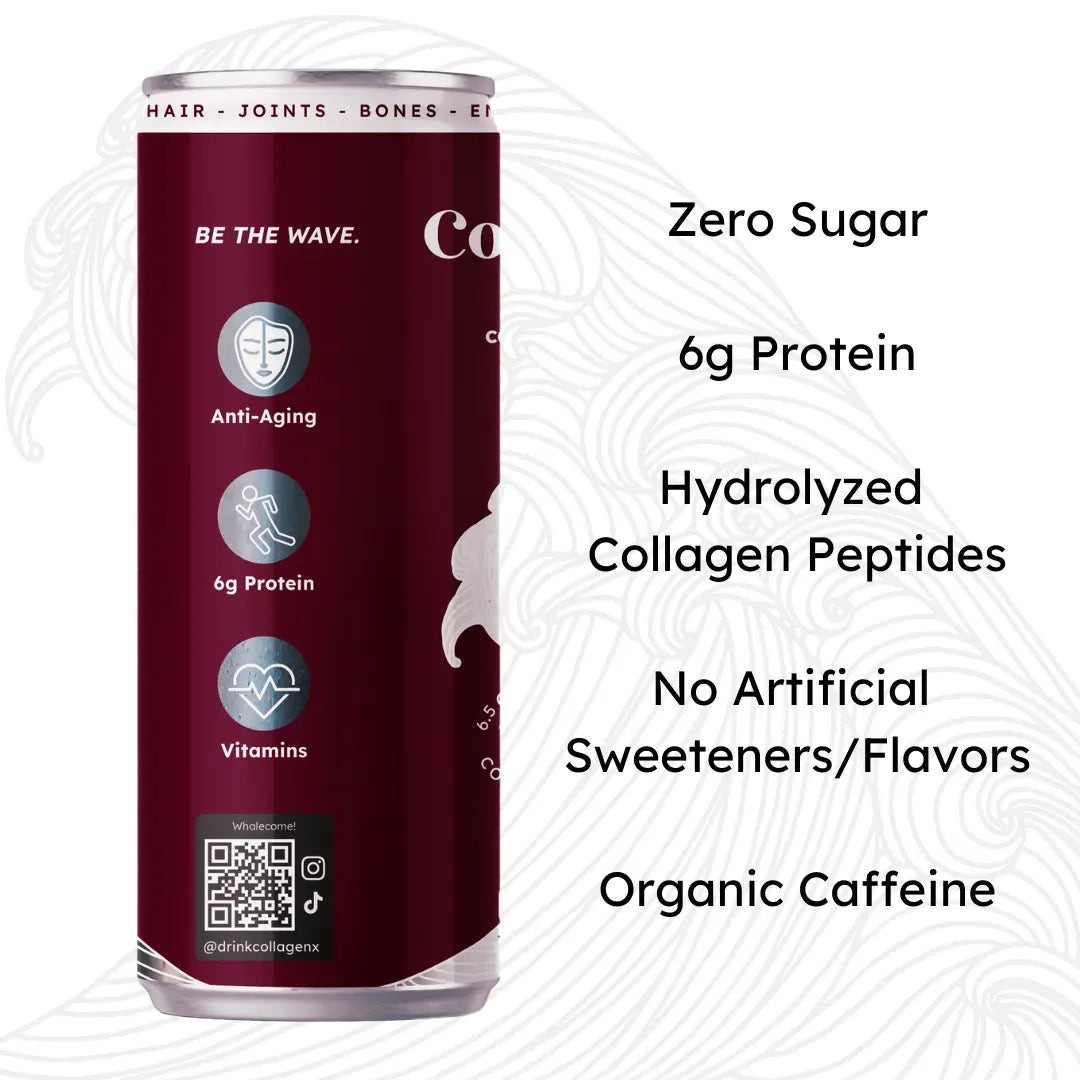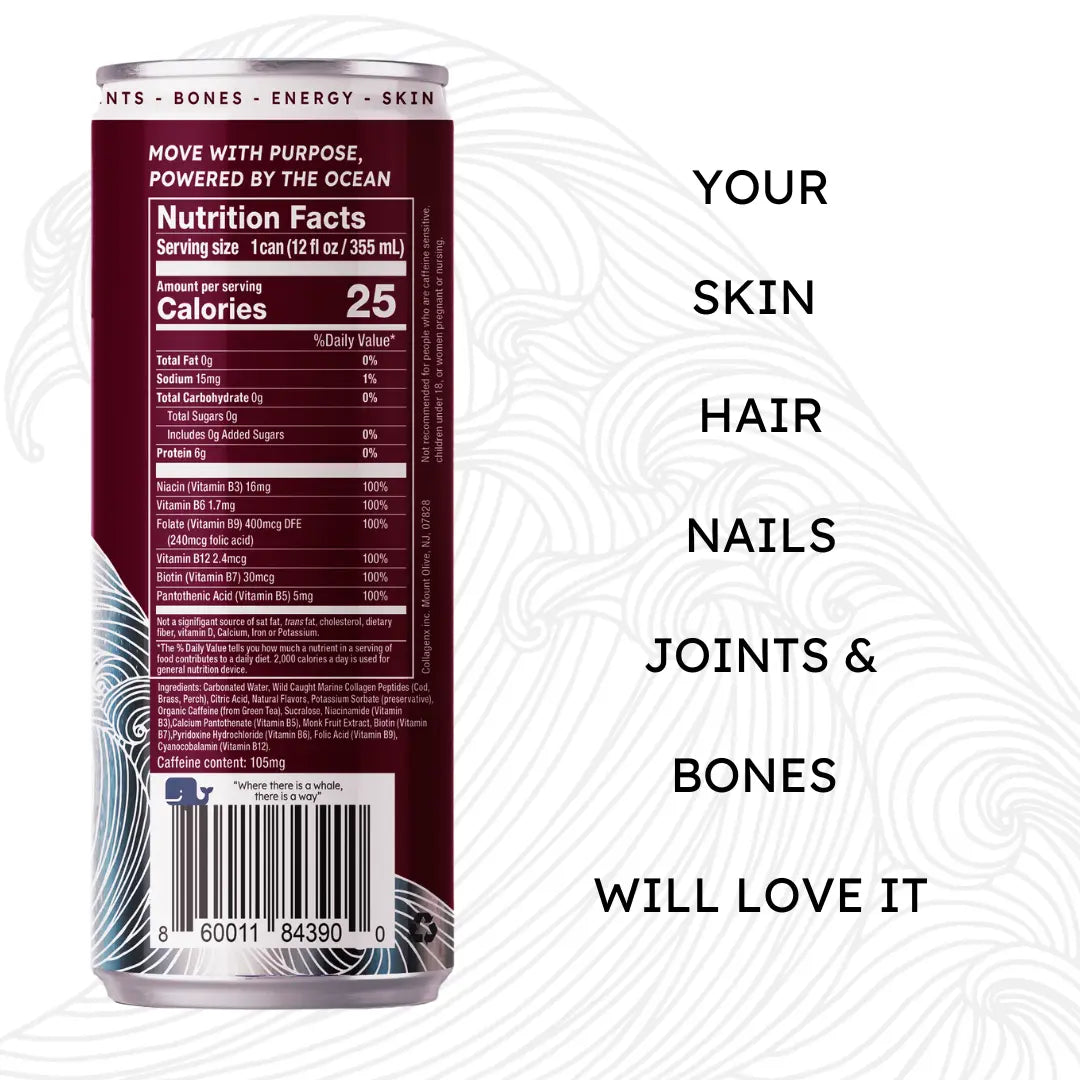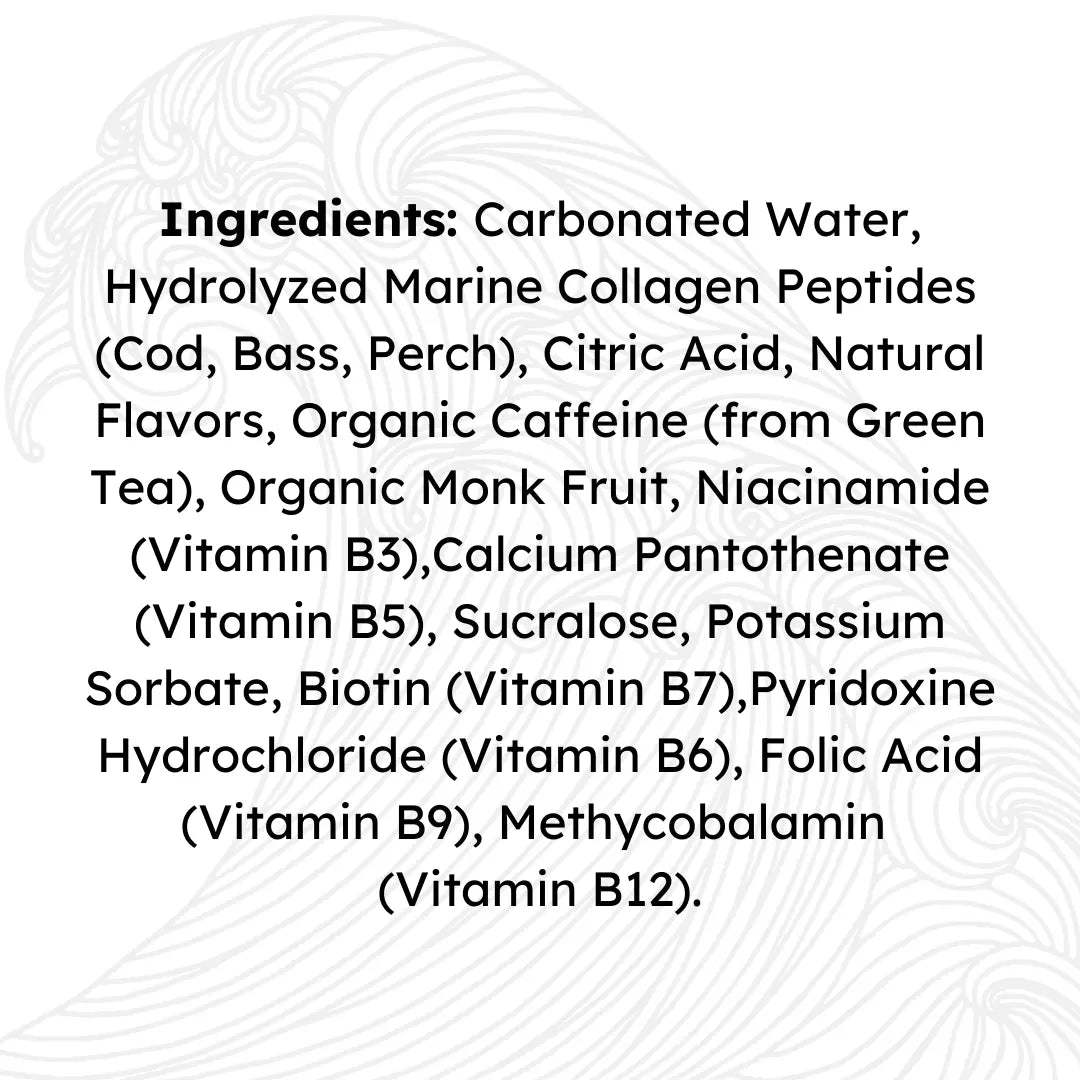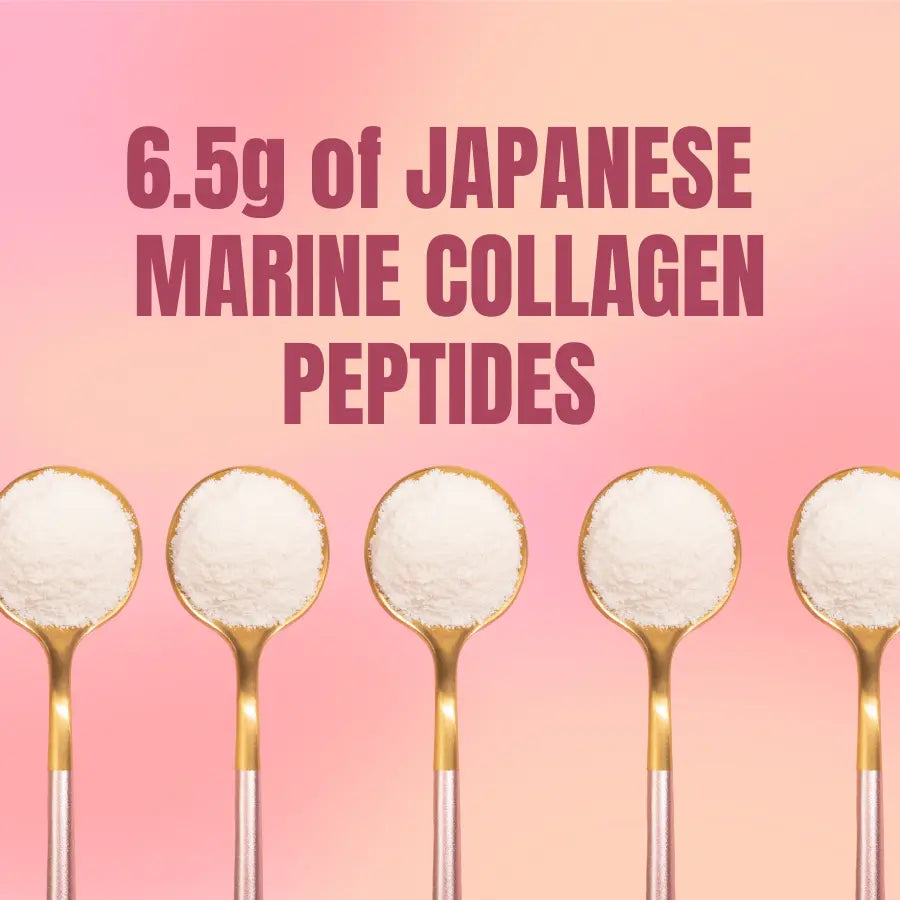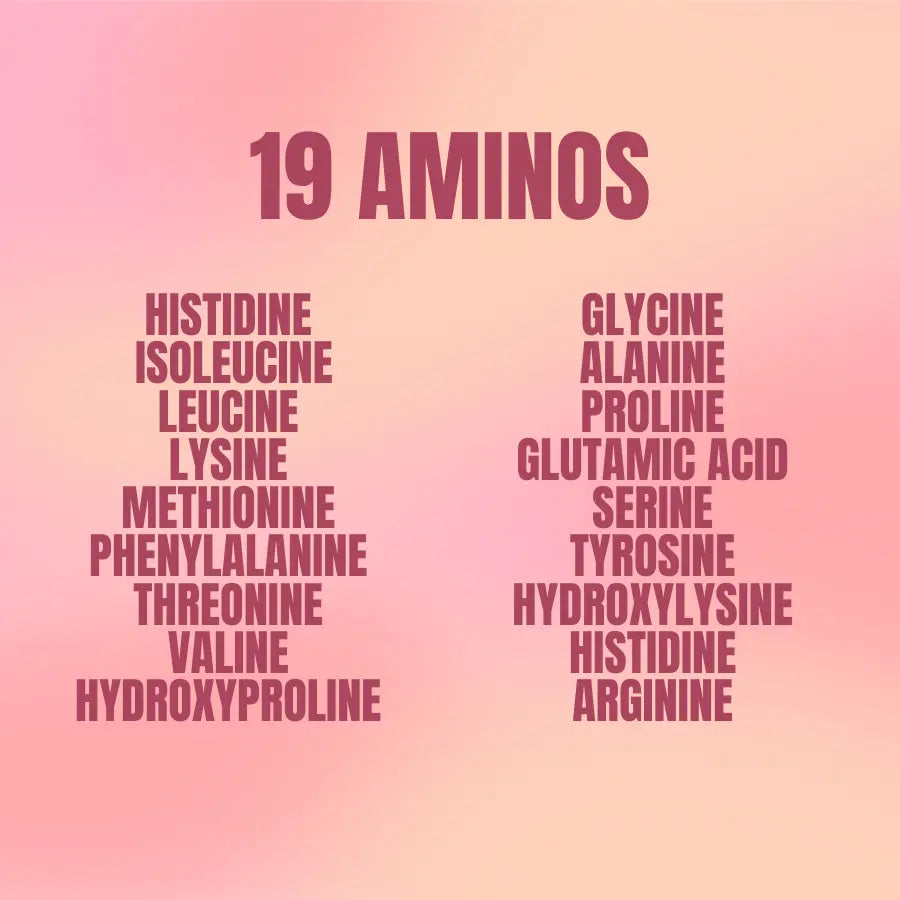
Collagen Scaffolds: Building a Framework for Healing
By Collagenx Research Team ┃ Nov 8, 2024 ┃3 min read
Imagine you're building a treehouse, and you need something sturdy to hold it up while you work. In your body, collagen scaffolds serve as a framework, providing support for cells to grow and repair damaged tissues.
This remarkable structure acts as a guide, helping new cells develop where they're needed. Collagen scaffolds are used by doctors to repair or replace damaged areas like skin, bones, or even organs.
Over time, the scaffold breaks down and is absorbed, leaving behind new, healthy tissue, similar to how a treehouse eventually stands strong on its own.
In this post, we’ll explore what collagen scaffolds are , how they’re created, and the science behind why they’re so effective in medical applications. Let’s take a closer look at how collagen scaffolds aid in healing and rebuilding tissue.
Why you can trust us:
We have former college professors on our team to help analyze clinical studies, see our sources below.
We've successfully created a clean energy drink formula with organic caffeine and Marine Collagen
-
We rigorously study the latest in clinical studies, formulation, and science
Want to know more? Visit our store
Table of Content
Collagen Scaffolds: Building a Framework for Healing

1. What is a Collagen Scaffold?
Collagen Scaffolds: Building a Framework for Healing.
A collagen scaffold is a three-dimensional structure designed to support the growth of new cells in the body.
Acting like a framework, it provides cells with a stable base to latch onto, enabling them to divide, grow, and ultimately repair damaged tissues.
The collagen matrix within the scaffold is made from collagen proteins, which are naturally found in the body, making it biocompatible and ideal for medical use.
What Sets Collagen Scaffolds Apart?
Collagen is an essential protein found throughout the body, providing strength and flexibility to various tissues like skin, bones, and tendons.
In the form of a scaffold, collagen’s natural properties of flexibility and resilience make it an ideal support structure for tissue regeneration. When placed in damaged tissue, collagen scaffolds are strong enough to hold cells together but flexible enough to adapt to movement.
Collagen scaffolds are highly versatile and used in various areas of medicine. Whether they’re applied to the skin, used in bones, or even utilized to support organ tissues, they provide a secure base for cells to grow, offering a stable foundation much like a treehouse frame.
2. How Collagen Scaffolds Are Made

The process of creating a collagen scaffold involves several intricate steps. Scientists use methods that ensure the scaffold is biocompatible and suitable for use within the body. There are different ways to create collagen scaffolds, each designed to optimize the structure depending on the type of tissue it will support.
Extraction of Collagen
The first step in making a collagen scaffold is extracting collagen proteins. Collagen can be derived from various animal sources, such as bovine or porcine tissues. The collagen is carefully purified to ensure it’s safe for human use. This purified collagen forms the base material for the scaffold, offering the natural strength and flexibility required for cell support.
Creating the Scaffold Structure
The collagen is then processed into a three-dimensional matrix, often using methods like freeze-drying or electrospinning. These techniques help create a porous structure within the scaffold. This porosity is crucial, as it allows cells to move freely through the scaffold and promotes nutrient exchange, aiding in cell growth. The question, “How to make a collagen scaffold?” is answered through this detailed process of extraction, purification, and structural formation, resulting in a scaffold with ideal characteristics for tissue regeneration.
Crosslinking for Strength
To make collagen scaffolds strong enough to support cells without breaking down too quickly, they undergo a process called crosslinking. Crosslinking strengthens the collagen matrix within the scaffold, creating a sturdy foundation that can handle the physical demands of healing tissues. This step ensures that the scaffold remains stable until the tissue repair process is complete.
3. Applications of Collagen Scaffolds in Medicine

Collagen scaffolds are widely used in medicine for their ability to support cell growth in a controlled, safe manner. From skin repair to bone reconstruction, the versatility of collagen scaffolds makes them essential in various medical fields.
Skin Regeneration
One of the primary uses of collagen scaffolds is in skin regeneration. Whether from burns, cuts, or surgical wounds, damaged skin requires a structure to guide new cell growth. Collagen scaffolds offer this support, allowing skin cells to grow and cover the wounded area naturally. Over time, the scaffold dissolves, leaving behind healthy skin tissue. The scaffold acts as a temporary “skin” that holds cells in place and encourages the formation of a natural skin layer underneath.
Bone Repair
Bones need a different type of support structure than skin, but collagen scaffolds work effectively in bone healing as well. The scaffold provides a framework that allows bone cells, or osteoblasts, to adhere and grow, forming new bone tissue. Collagen scaffolds for bone repair are usually thicker and denser to handle the demands of bone regeneration. They serve as temporary "bones," holding cells together until the bone has healed.
Organ Tissue Support
In addition to skin and bone, collagen scaffolds are used to support organ tissues. Certain organs, such as the liver and kidneys, can benefit from collagen scaffolds during repair or replacement procedures. The scaffold provides a foundation for cells to rebuild the damaged sections of the organ, and once the tissue is stable, the scaffold dissolves. This application showcases how collagen scaffolds can support delicate tissues that require precision and stability.
4. The Benefits of Collagen Scaffolds for Healing

Collagen scaffolds offer several advantages for medical applications, making them a popular choice in regenerative medicine. Here’s why they’re so effective:
Biocompatibility
Since collagen is a natural protein in the human body, collagen scaffolds are inherently biocompatible, reducing the risk of rejection or adverse reactions. This compatibility is essential for tissue repair because it allows the body to accept the scaffold as a part of itself, integrating it seamlessly into the healing process.
Supporting Cell Growth
One of the main benefits of collagen scaffolds is their ability to support cell growth. The scaffold structure acts as a roadmap for cells, guiding them to grow in specific areas. This organized growth is crucial for tissue repair, as it ensures that cells grow in the correct locations and create a uniform, strong tissue layer.
Controlled Degradation
Once the tissue is healed, the collagen scaffold begins to degrade naturally. This controlled breakdown prevents the need for surgical removal, allowing the tissue to complete the healing process without interruption. The body absorbs the degraded scaffold, which is then processed naturally. This gradual dissolution is why collagen scaffolds are ideal for temporary support in tissue healing.
5. Limitations and Challenges of Collagen Scaffolds

While collagen scaffolds offer numerous benefits, they also have some limitations. Understanding these challenges helps improve the development and application of collagen scaffolds in regenerative medicine.
Stability Concerns
Although collagen scaffolds are crosslinked to increase their strength, they may not be as stable in high-pressure areas or tissues that experience constant movement. This limitation means that collagen scaffolds may not be suitable for all types of tissue repair. For example, in high-stress joints, the scaffold may need additional structural support to remain effective during healing.
Risk of Infections
Collagen is a protein-based material, which means it can sometimes be susceptible to bacterial contamination. If the scaffold isn’t handled or applied properly, there’s a potential risk of infection. Medical professionals take great care to minimize this risk by using sterilized collagen and handling it in controlled environments.
Inconsistent Degradation Rates
The rate at which a collagen scaffold degrades can vary depending on the tissue environment. In some cases, the scaffold may break down faster or slower than expected, potentially affecting the tissue healing process. Researchers continue to refine scaffold structures to ensure a consistent, reliable degradation rate that aligns with the body’s needs.
6. The Future of Collagen Scaffolds in Regenerative Medicine
Research on collagen scaffolds continues to advance, with scientists exploring new ways to enhance their effectiveness. These developments aim to improve how collagen scaffolds interact with the body, making them more efficient and versatile.
Improving Scaffold Strength
One area of research focuses on creating stronger collagen scaffolds to support tissues that undergo more physical stress. Scientists continue to explore ways of reinforcing collagen structures. Whether they try combining collagen with other biocompatible materials, or by increasing crosslinking, scientists aim to make stronger scaffolds that can withstand higher levels of pressure.
Customized Scaffolds for Specific Tissues
Another promising development is the customization of collagen scaffolds for specific tissue types. Collagen scaffolds for skin, bones, and organs may require different properties, such as pore size, density, and degradation rate. Scientists are exploring ways to tailor scaffolds to the unique needs of each tissue type, making them more effective in targeted treatments.
Collagen Scaffold Applications Beyond Repair
Beyond repair, collagen scaffolds are being studied for their potential in disease treatment. For example, scaffolds could help deliver targeted medications directly to affected tissues, providing sustained release and improved treatment outcomes. This research highlights the potential of collagen scaffolds as multifunctional tools in medicine.
Further Readings
→ Is Marine Collagen Vegan?
→ Is Marine Collagen better than Bovine?
"Marine Collagen has the most of Type 1 Collagen which remains mostly in your skin and is over 40% of the protein in your body."
Why Collagenx Helps Your Body
Marine collagen supports skin elasticity by boosting collagen production and enhancing the interaction with elastin, the protein responsible for skin's resilience and bounce. Here’s how it works:
1. Stimulates Collagen Production
Marine collagen is rich in type I collagen, which is a major structural component of the skin. Supplementing with marine collagen helps replenish collagen levels that naturally decline with age, providing the skin with a firmer and more elastic texture.
2. Enhances Elastin Function
Collagen and elastin work together to maintain skin's structure. Elastin allows the skin to stretch and return to its original shape, while collagen provides the framework. By boosting collagen, marine collagen indirectly supports elastin's function, maintaining that smooth and youthful appearance.
3. Promotes Skin Hydration
Marine collagen improves skin hydration by increasing hyaluronic acid levels, which helps retain moisture. Hydrated skin is more elastic and less prone to sagging or wrinkles.
4. Rich in Amino Acids
Marine collagen provides key amino acids like glycine, proline, and hydroxyproline, which are essential for collagen and elastin synthesis. These amino acids help repair damaged skin and improve overall elasticity.
Incorporating marine collagen into your diet or skincare routine can help slow aging signs, improve elasticity, and support skin’s firmness over time.

Further Readings
→ Can you take bovine and marine collagen together?
→ How much marine collagen per day?
"If you want healthy joints and stronger bones you need Marine Collagen in your diet."
Conclusion
Collagen scaffolds act as temporary frameworks that support tissue repair, providing a foundation for cells to grow and create new, healthy tissue.
From skin regeneration to bone repair, these scaffolds offer a wide range of applications that make them invaluable in modern medicine. By giving cells a place to grow, collagen scaffolds guide the body’s natural healing processes, ultimately breaking down and leaving only the newly healed tissue behind.
As research continues, the potential for collagen scaffolds in regenerative medicine is growing. With advances in scaffold strength, customization, and application techniques, collagen scaffolds are becoming an even more promising solution for healing damaged tissues.
These scaffolds, much like the framework of a treehouse, are temporary yet essential, helping the body to rebuild itself and leaving behind a stronger, healthier structure.
Sources
Dong, C., & Lv, Y. (2016). Application of collagen scaffold in tissue engineering: recent advances and new perspectives. Polymers, 8(2), 42.
https://www.mdpi.com/2073-4360/8/2/42
Irawan, V., Sung, T. C., Higuchi, A., & Ikoma, T. (2018). Collagen scaffolds in cartilage tissue engineering and relevant approaches for future development. Tissue engineering and regenerative medicine, 15, 673-697.
https://link.springer.com/article/10.1007/s13770-018-0135-9
Liu, S., Lau, C. S., Liang, K., Wen, F., & Teoh, S. H. (2022). Marine collagen scaffolds in tissue engineering. Current Opinion in Biotechnology, 74, 92-103.
https://www.sciencedirect.com/science/article/abs/pii/S095816692100197X?via%3Dihub
Mansour, A., Romani, M., Acharya, A. B., Rahman, B., Verron, E., & Badran, Z. (2023). Drug delivery systems in regenerative medicine: an updated review. Pharmaceutics, 15(2), 695.
If you want to try Collagenx the energy drink made for your skin, hair, joints and bones, visit our store here.
Collagen Scaffolds: Building a Framework for Healing Collagen Scaffolds: Building a Framework for Healing Collagen Scaffolds: Building a Framework for Healing Collagen Scaffolds: Building a Framework for Healing Collagen Scaffolds: Building a Framework for Healing Collagen Scaffolds: Building a Framework for Healing Collagen Scaffolds: Building a Framework for Healing Collagen Scaffolds: Building a Framework for Healing Collagen Scaffolds: Building a Framework for Healing Collagen Scaffolds: Building a Framework for Healing Collagen Scaffolds: Building a Framework for Healing Collagen Scaffolds: Building a Framework for Healing Collagen Scaffolds: Building a Framework for Healing Collagen Scaffolds: Building a Framework for Healing Collagen Scaffolds: Building a Framework for Healing Collagen Scaffolds: Building a Framework for Healing Collagen Scaffolds: Building a Framework for Healing Collagen Scaffolds: Building a Framework for Healing Collagen Scaffolds: Building a Framework for Healing Collagen Scaffolds: Building a Framework for Healing Collagen Scaffolds: Building a Framework for Healing Collagen Scaffolds: Building a Framework for Healing



